
When suitable land is unavailable and wastewater treatment facilities are too distant or do not have adequate capacity, independent septage treatment plants can be of use. Such treatment plants have been designed exclusively for treating septage and have many unit processes to handle both the liquid and solid portions of septage.

The first unit operation generally encountered in wastewater treatment plants is screening. Screening removes larger materials and arse solids from raw wastewater metals to prevent damage and clogging of downstream equipment, piping, and appurtenances. Two types of screening processes: • Manual. • Automated.

150 Gallon (568 liter) Cylindrical Tank with ver Material: HDPE (High-density polyethylene) Dimensions: Tank Height: 54" Inside Diameter: 29.5" 2" Lip at Top that Perfectly Fits the Lid Tank Lid Lip: 2" Outside Diameter: 33.625" Tank and Lid Height: 58" The inside needs to be cleaned.
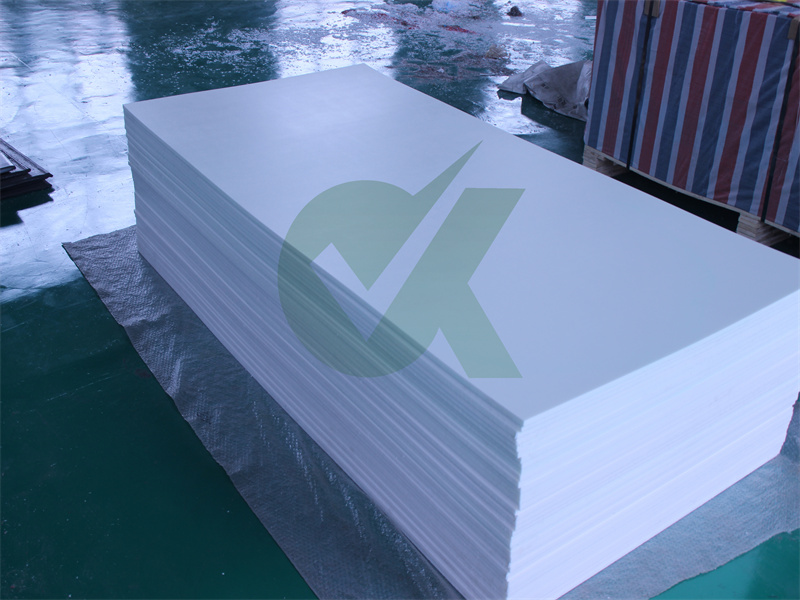
Apr 24, 2022 · equalization. This fact sheet discusses screening and grit removal. Screening Screening is the first unit operation used at wastewater treatment plants (WWTPs). Screening removes objects such as rags, paper, plastics, and metals to prevent damage and clogging of downstream equipment, piping, and appurtenances. Some modern wastewater treatment
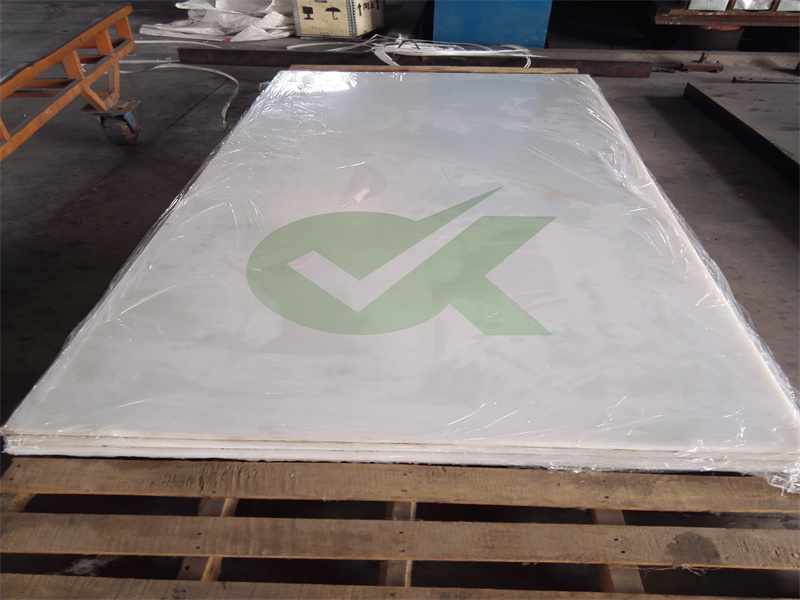
SIZES HNOKAY carries all sizes of High Density Polyethylene sheet up to 96" x 240" and can cut to size or machine with CNC routers to any desired shape. PROPERTIES Rigidity and tensile strength of the HDPE resins are nsiderably higher than those of the low and medium density materials. Impact strength is slightly lower, as is to be expected in a stiffer material.
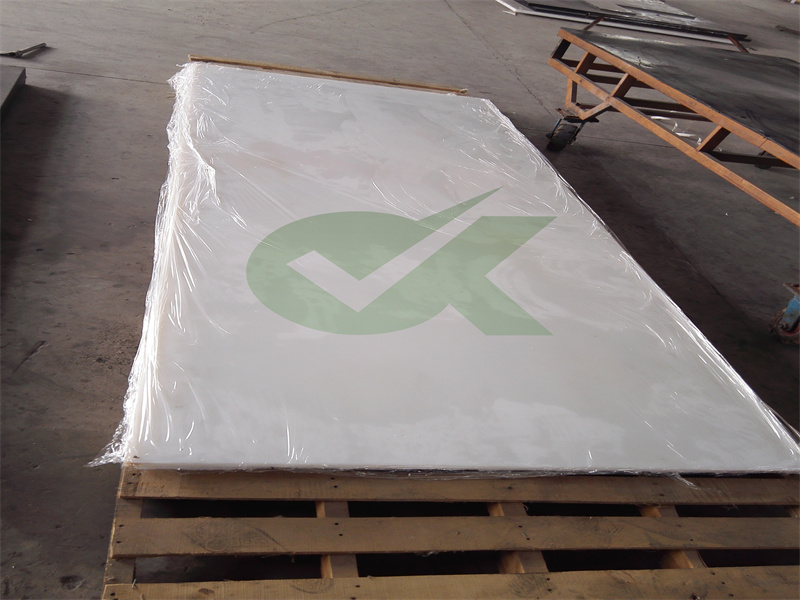
Below will help you calculate the right size system for a domestic property or group of properties. Single Domestic Dwelling up to and including 3 bedroo: Sewage Treatment Plant should be installed for minimum 5 population (P). So minimum single domestic dwelling = 5 P Sewage Treatment Plant. Add 1 P for each additional bedroom. So, 4-bedroom house = minimum 6P Sewage Treatment Plant and so on.

with smaller wastewater plants in mind, it needs to be borne in mind that much of the information and design calculations are applicable to much larger plants and not nfined to works of 5 Ml/d or less. Many larger plants have been built in stages over extended periods of time, resulting in plants nsisting of a

selection of pumps for raw sewage • for main pumping station (mps) i:s. 5600-2005 number of pumps required (including stanby) 2 no. of ½ dwf
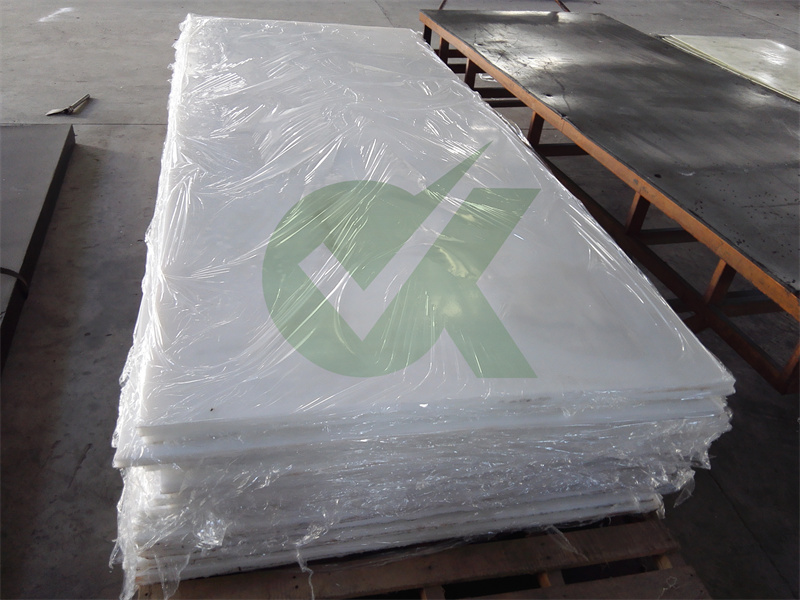
examples of wastewater treatment facilities that use different types of multi-stage processes (Wil-son 2003 and personal mmunications). APPLICABILITY Multi-stage anbic digestion syste are po-tentially applicable for all wastewater treatment syste, provided that the solids can be delivered to the system at an acceptable ncentration.

wastewater treatment plant using an SBR is shown in Figure 1. Influent wastewater generally passes through screens and grit removal prior to the SBR. The wastewater then enters a partially filled reactor, ntaining biomass, which is acclimated to the wastewater nstituents during preceding cycles. Once the reactor is full, it behaves like a
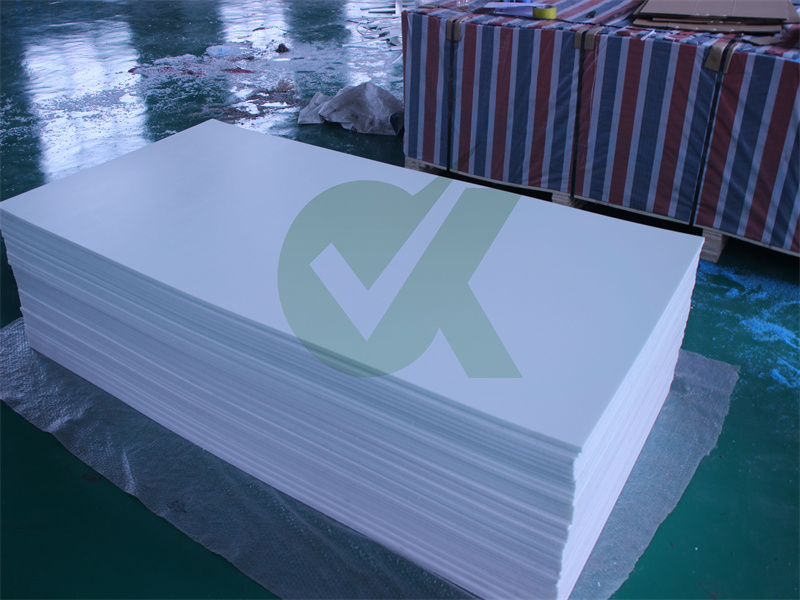
wastewater, EPA has increased its efforts to address the wastewater treatment needs of all mmunities across the United States. As a result, small mmunity wastewater treatment needs are an EPA priority. According to the EPA, a small system can either be a septic system, sand filter, or any system that serves individual houses or groups of
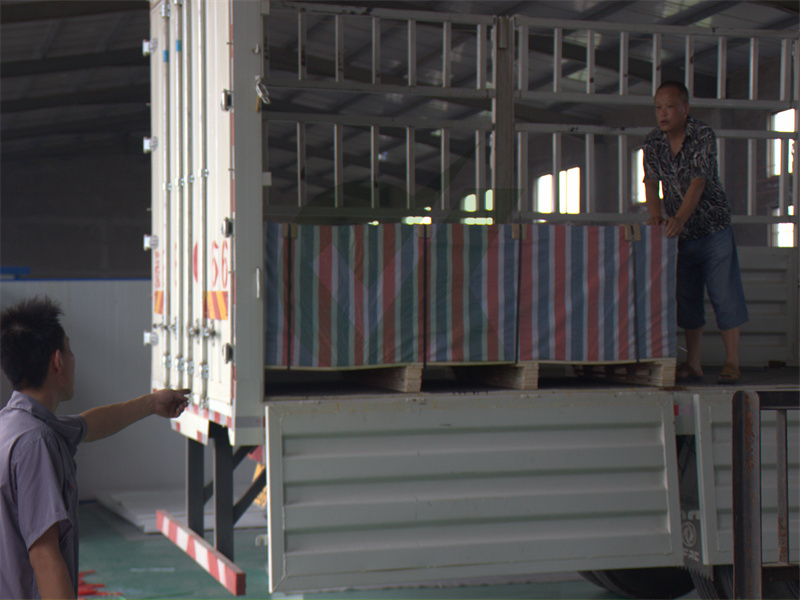
wastewater treatment plants include the centrifugal, progressive cavity, and positive displacement. The three types are listed in Table 1 with the different pump applications. Archimedes screw pumps (progressive cavity) are used to pump raw wastewater and return activated sludge in treatment plants, but in larger facilities because of the

§ Effect of material on Plants or Animals : Okay-toxicity is expected to be minimal based on the low water solubility of polymers. § Toxicity: This material is not volatile and it is insoluble in water. Low toxicity to aquatic organis. § Effect on Effluent Treatment: Unlikely to affect biological treatment processes. General notes:

Wastewater Basics 101 • Major Focus – What . is . in wastewater and how do we get . it . out – Organic matter, nitrogen, & phosphorus • Minor Focus – Individual and small mmunity wastewater treatment syste • Wastewater basics are • Independent of scale

performance. Across the untry, municipal wastewater treatment plants are estimated to nsume more than 30 terawatt hours per year of electricity,1 which equates to about $2 billion in annual electric sts.2 Electricity alone can nstitute 25% to 40%3 of a wastewater treatment plant’s annual operating budget and make